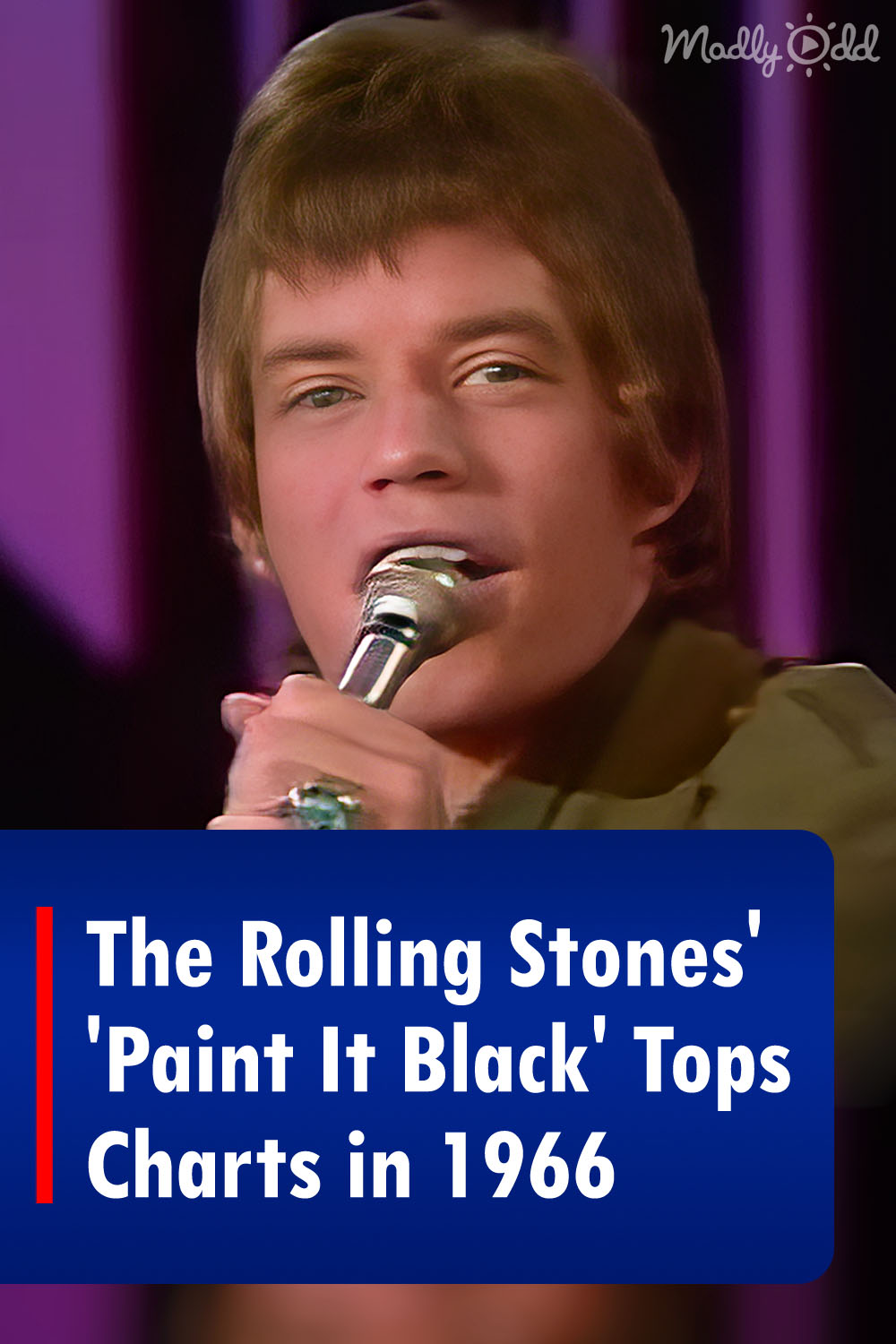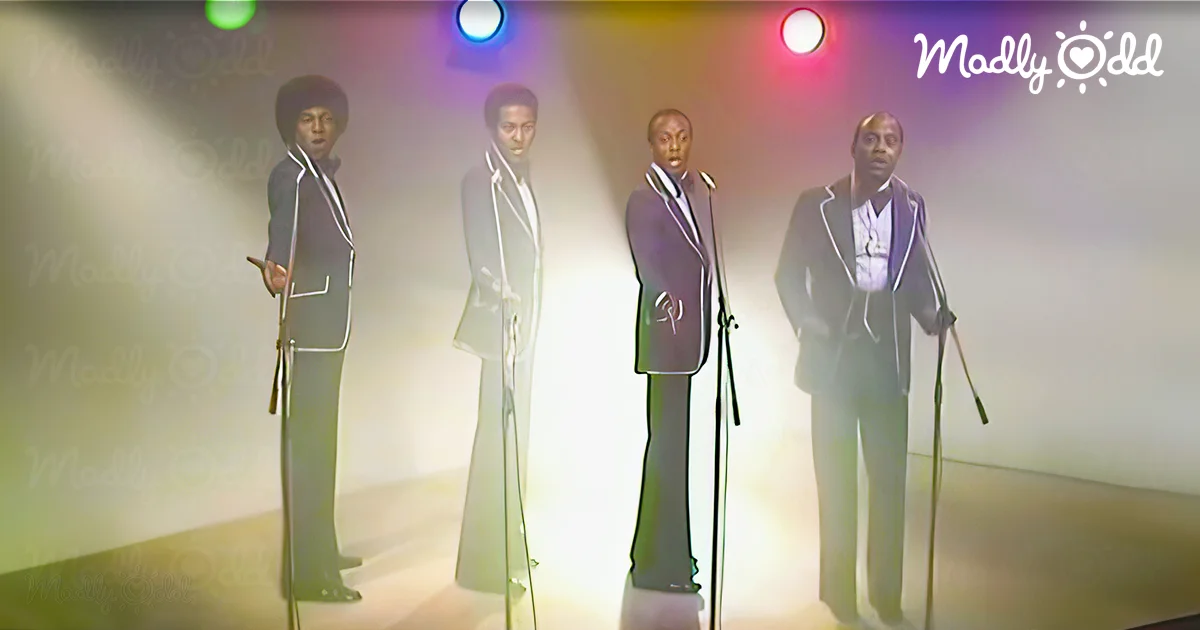The year was 1966, a time of enthusiasm and anticipation when the winds of change blew gently across the world. It was an era characterized by vibrant colors, swinging fashion, and a sense of adventure that permeated the air. Amidst this backdrop of excitement and possibility, The Rolling Stones released their iconic single, ‘Paint It Black,’ which soared to the top of the Billboard Hot 100 on June 11, 1966. The energy surrounding this song and its accompanying video was electric, capturing the spirit of a generation on the cusp of a cultural revolution.
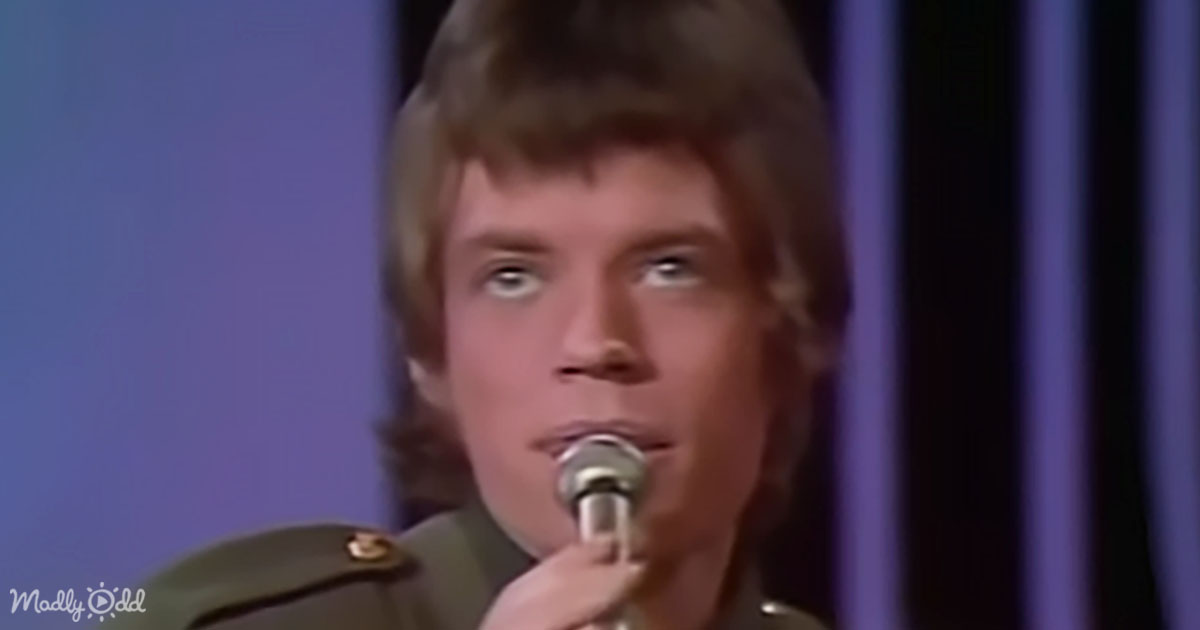
As the haunting chords of ‘Paint It Black’ reverberated through the airwaves, listeners were transported to a world of mystery and intrigue. The video, which I will describe shortly, perfectly encapsulated the song’s essence, immersing viewers in a visually stunning experience. Its monochromatic palette and striking imagery resonated deeply with audiences, mirroring the shifting paradigms of the time.
The performance itself was nothing short of extraordinary. The Rolling Stones took to the stage with palpable energy while each member exuded charisma and passion. Mick Jagger, the epitome of rock ‘n’ roll swagger, prowled the stage with his signature moves, captivating the audience with every flick of his hips. Keith Richards’ deft guitar playing infused the song with an otherworldly quality, while Charlie Watts’ drumming provided an irresistible rhythm that pulsated through the crowd. Together, they created a symphony of sound that reverberated in the hearts of all who witnessed it.
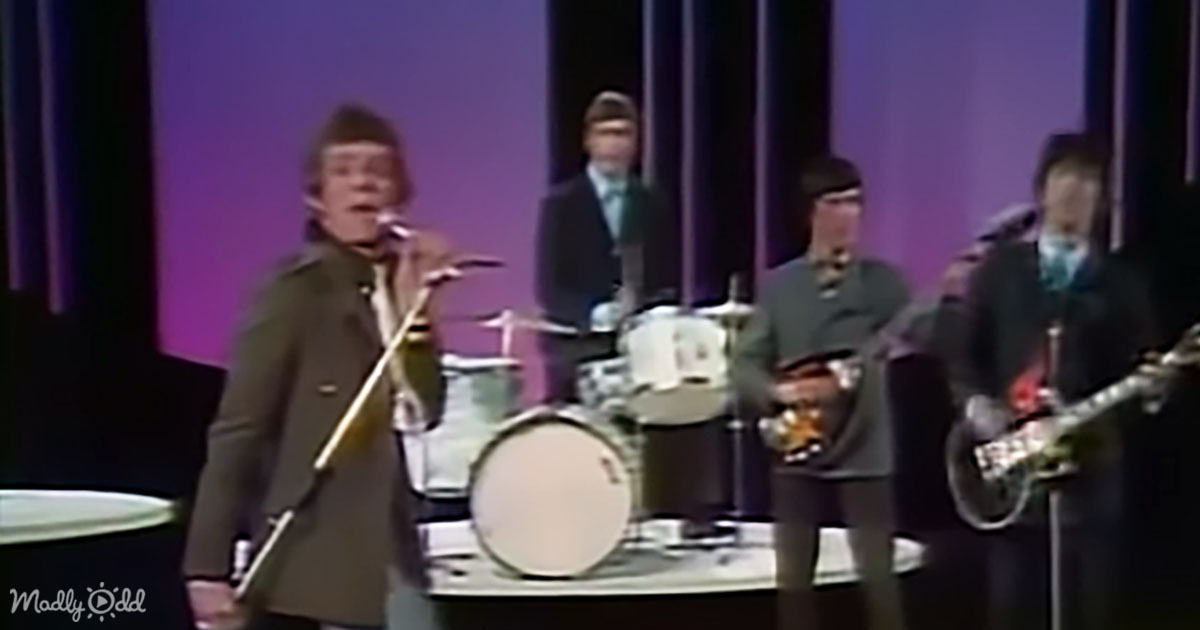
But it wasn’t just the performance that made ‘Paint It Black’ a standout hit. The song itself possessed a profound depth and complexity that resonated with listeners. Its lyrics, penned by Mick Jagger and Keith Richards, explored themes of grief, loss, and the search for meaning in a rapidly changing world. The brooding melody and Jagger’s impassioned vocals conveyed a sense of longing and introspection, capturing the spirit of the era.
Interestingly, ‘Paint It Black’ showcased the Rolling Stones’ willingness to experiment with different musical styles. Drawing inspiration from Eastern music, the song incorporated sitar, an instrument rarely heard in Western rock at the time. This innovative fusion of styles added an exotic flavor to the track, setting it apart from its previous releases and solidifying its place in music history.
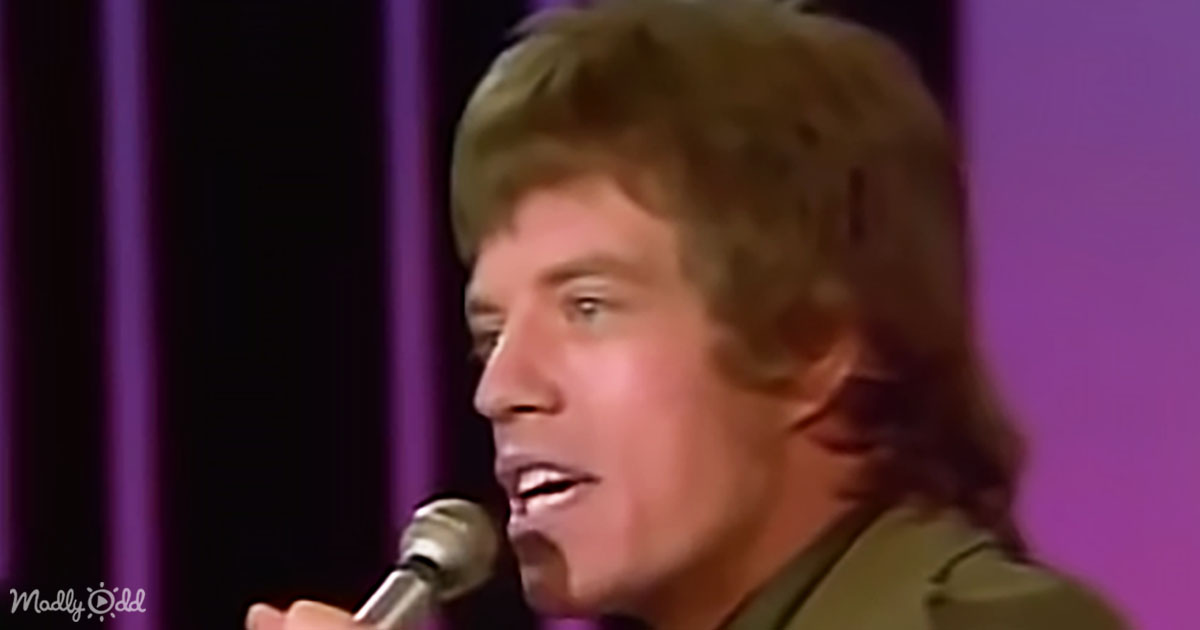
Beyond the song’s artistic merits, ‘Paint It Black’ held a special significance in popular culture. It became an anthem for a generation that sought to challenge the status quo, question societal norms, and embrace a more diverse and inclusive world. Its success on the charts mirrored the changing tastes and values of the time, symbolizing a shift toward a more progressive and open-minded society.
In retrospect, it’s fascinating to note that ‘Paint It Black’ almost didn’t come to fruition. The Rolling Stones initially struggled to find the right sound for the song, with numerous iterations failing to capture its essence. However, through perseverance and a stroke of inspiration, they eventually arrived at the haunting melody that would define the track. It’s a testament to the band’s artistic vision and unwavering commitment to creating music that speaks to the souls of their audience.
So, hit that like button and share this story with your friends because ‘Paint It Black’ and its accompanying video captured a moment in history that still reverberates with the same vitality today. It reminds us of the power of music to transcend boundaries and unite people from all walks of life. Let us celebrate this iconic song that etched itself into our collective memory, and let its evocative melodies and compelling visuals continue to inspire and captivate future generations.
If you liked this, share it with a friend.
